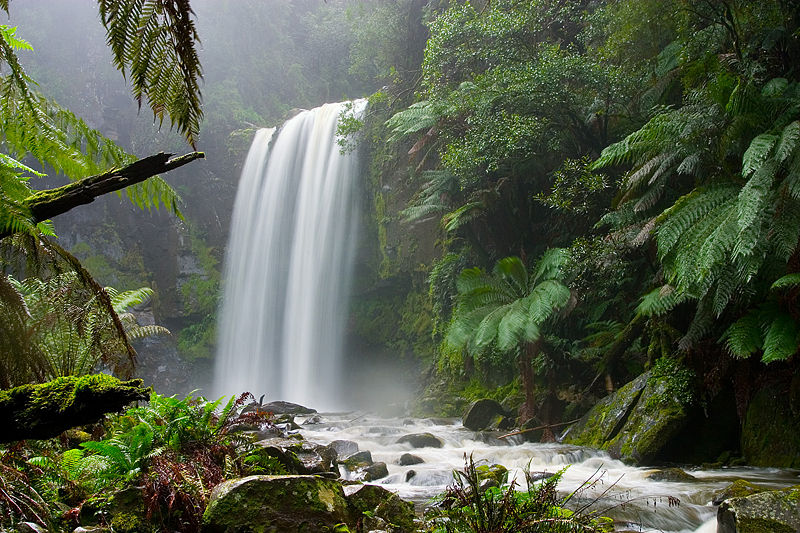Newtonian physics
must be referenced to
inertial frames.
Inertial frames
are fundamentally unaccelerated frames and somehow are determined by the
nature of
space or in modern
physics spacetime.
Newtonian physics
is still valid in non-inertial frames, but it's not referened to them.
In non-inertial frames, one can have accelerations without a force---without
real forces---there are these fictitious or inertial forces which are just
the effects of being in a non-inertial frame.
For example, the inertial forces,
centrifugal force
and the Coriolis force
both of which appear in rotating frames.
The centrifugal force
is just the ``force'' that tries to throw you out of the rotating frame and
Coriolis force is
an effect of moving in the rotating frame.
See the rotating
parabolic disk animation which unfortunately is complicated by the parabolic shape
of the disk for the bouncing particle---so four effects are going on at the same time
centrifugal force,
Coriolis force,
gravitational force accelerating the particle,
and collisions.
On the left, one sees the system from a rest frame.
On the right, one sees the system from the rotating frame.
The particle actually collides with the same point on the surrounding wall
all the time actually.
